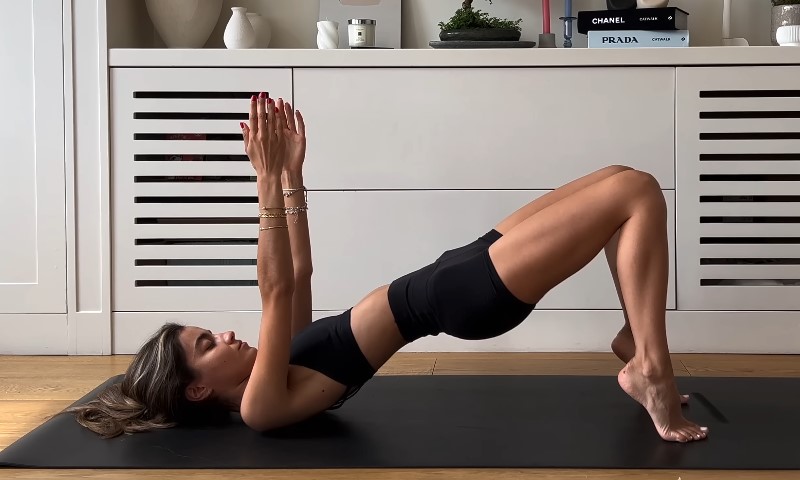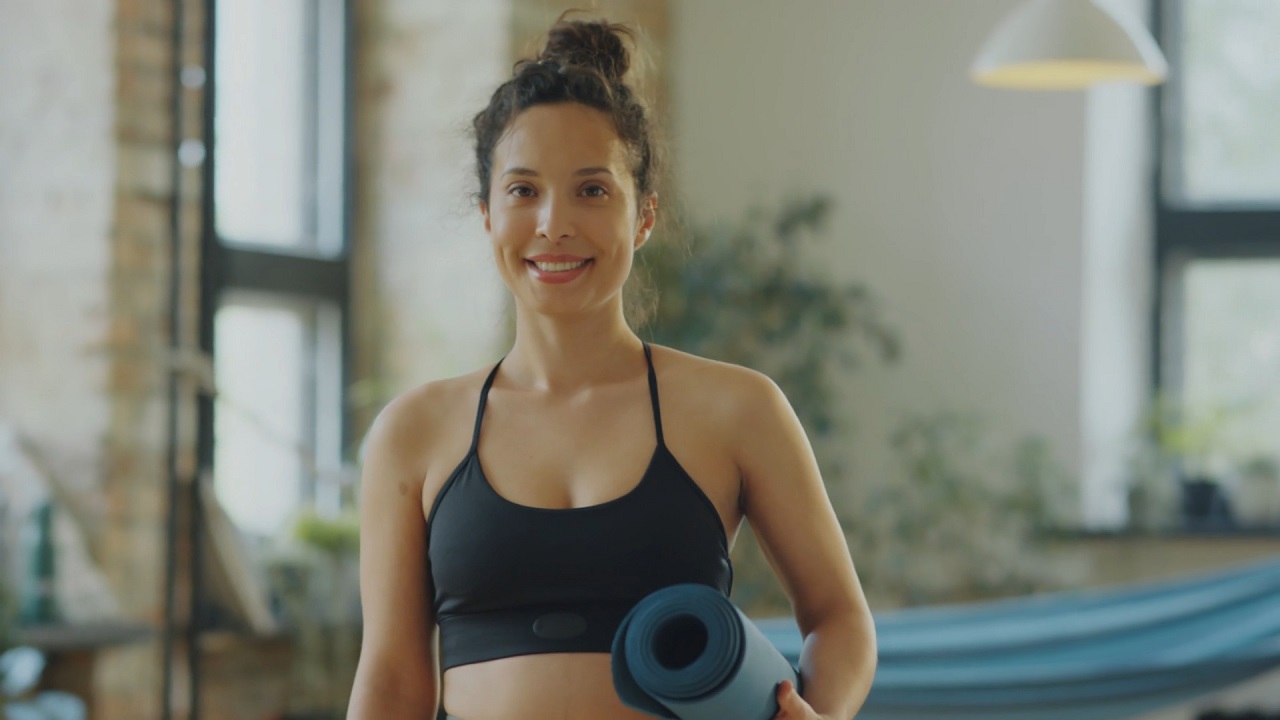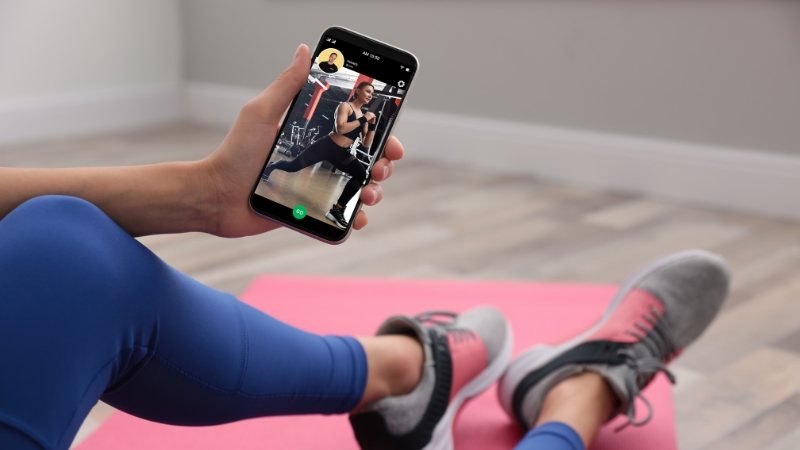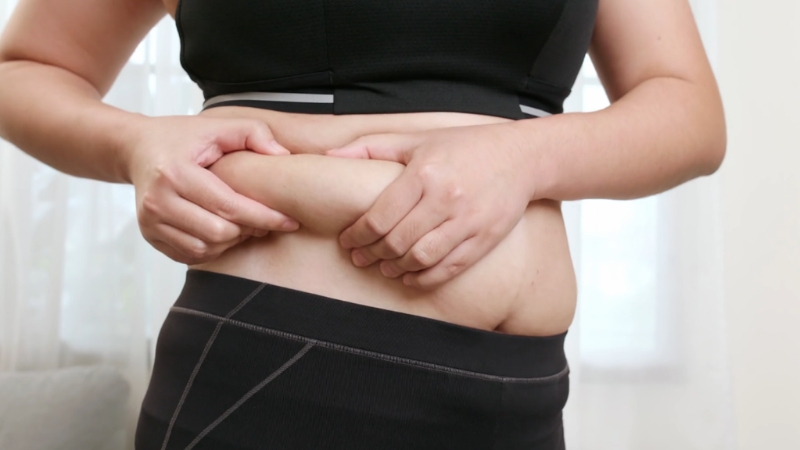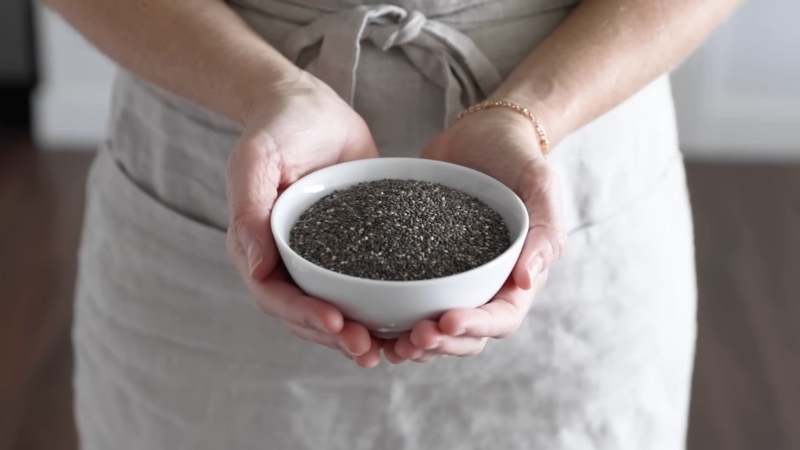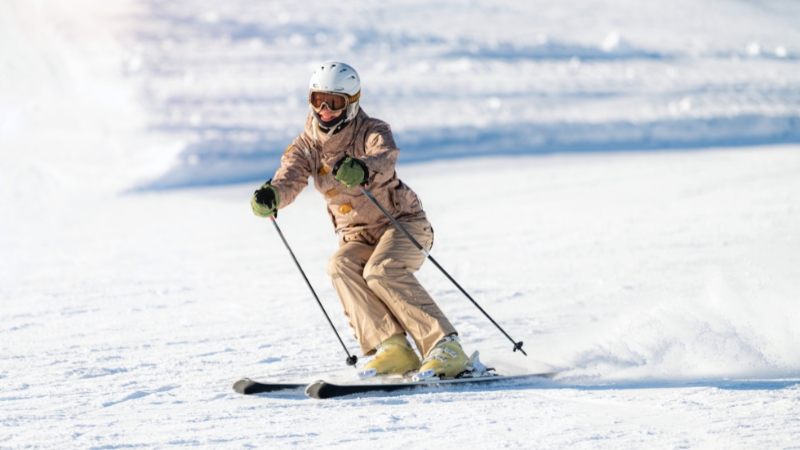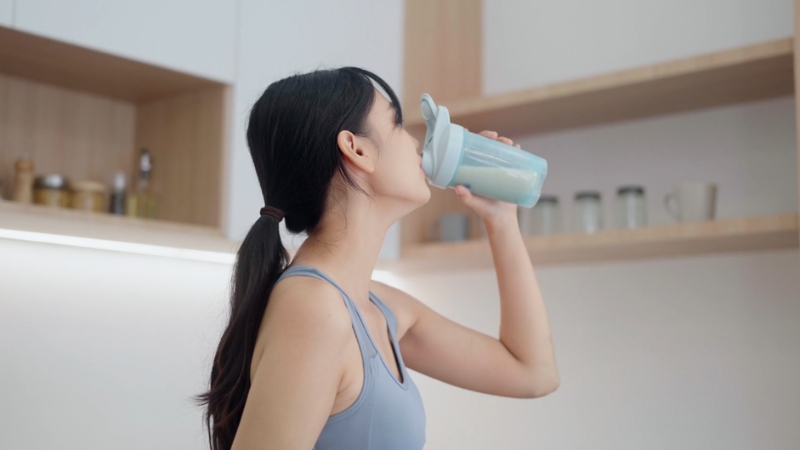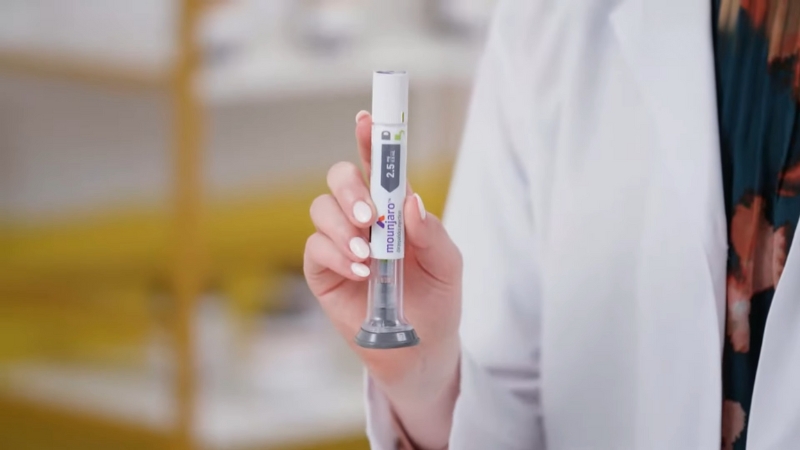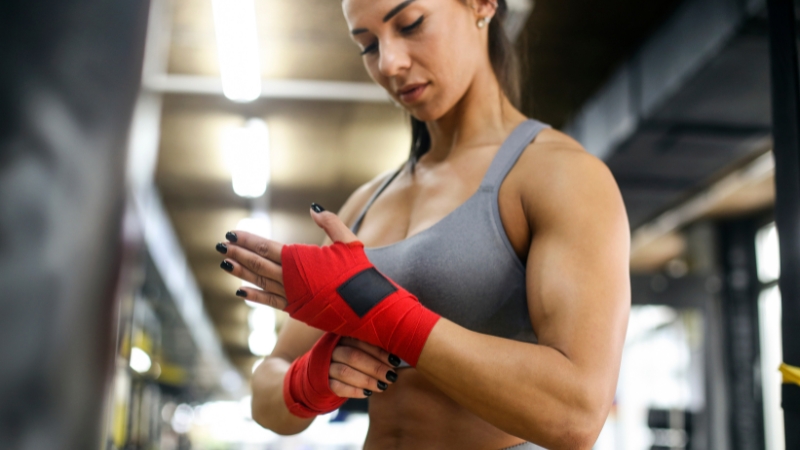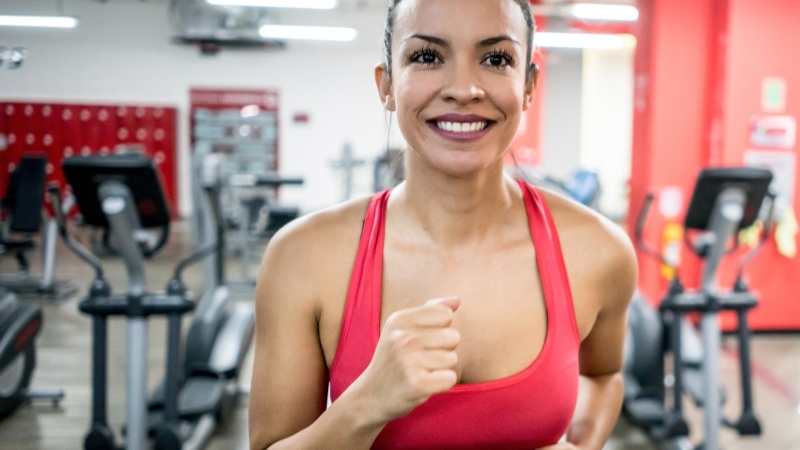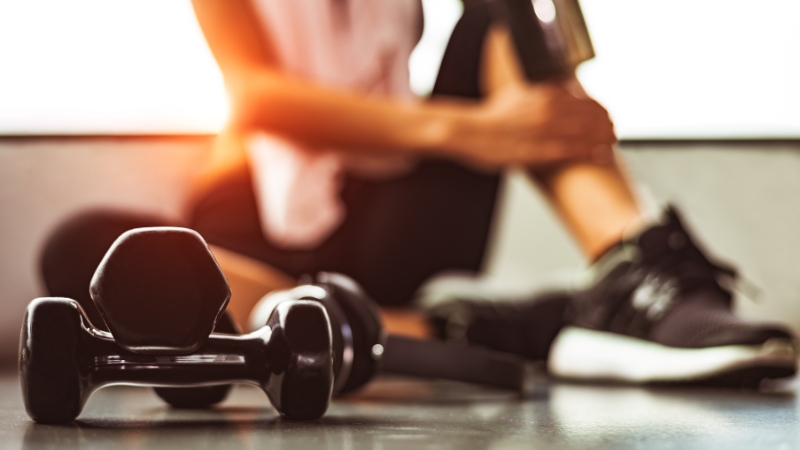
Share Post:
To get the most out of a muscle roller, apply slow, body-weight pressure for 30 to 60 seconds per muscle group immediately after training, keep strokes parallel to the muscle fibers, and stop at mild discomfort, not pain
Rolling in this 30-minute post-workout “metabolic window” improves local circulation, reduces delayed-onset muscle soreness (DOMS) by up to 40%, and raises passive range of motion for roughly two hours without impairing strength.
Use firmer rollers (EVA high-density or textured PVC) on large muscle groups like quadriceps and glutes; opt for softer foam or a peanut-shaped roller on sensitive areas such as calves, lats, and cervical extensors.
Combine rolling with five minutes of static stretching to lock in flexibility gains, and repeat light rolling on rest days to keep fascia pliable.
Choose the Right Roller for Each Muscle Group
| Roller Type | Best Targets | Pressure Level | Ideal Session Length | Pros | Frequent Mistakes |
| High-Density Foam (EVA) | Quads, glutes, hamstrings | Medium | 2 to 3 min per region | Durable, won’t deform | Rolling too fast causes bruising |
| Textured PVC “Grid” | IT-band, calves, lats | Medium–firm | 90 s per region | Knobs reach trigger points | Excess pressure on bony landmarks |
| Contoured Peanut | Thoracic spine, neck, Achilles | Firm | 60 s per region | Separates spinal muscles safely | Misaligning with the pine curve |
| Soft Foam | Adductors, shin splints, and elderly users | Light | 2 min per region | Low pain, good for newbies | Limited myofascial release depth |
| Stick Roller | Forearms, tibialis anterior | Adjustable | 1 min per panel | Travel-friendly, precise | Too little pressure for quads |
Choosing the right roller for the muscle group in question is critical to both safety and efficacy. High-density EVA foam rollers are ideal for larger muscle groups like glutes and hamstrings because they offer a good balance of pressure and durability.
They won’t deform easily and provide consistent resistance over time, but they can cause bruising if you rush the stroke or use them aggressively. Textured PVC “grid” rollers, often seen with knobs or ridges, excel at breaking up adhesions along the IT-band or lats but require careful pressure modulation; overdoing it on thin areas like calves can lead to pain or inflammation.
The contoured peanut roller is uniquely shaped to cradle the spine while pressing into the paraspinals. It’s especially useful in the thoracic area, but it must be aligned properly with the spine’s curvature to avoid discomfort.
For beginners or sensitive users, soft foam rollers offer low-pressure engagement with fascia, which can build tolerance over time. Stick rollers give you direct control and are ideal for limbs like forearms or shins, though they lack the leverage needed for large areas like thighs.
Evidence-Based Rolling Protocols
| Timing | Duration | Stroke Tempo | Muscle Order | Goal-Specific Tips |
| Pre-workout Primer | 5 min total | Fast (4 to 6 cm/s) | Quads → calves → thoracic | Boosts acute power output by 2% to 3 % |
| Post-workout Recovery | 10 to 12 min | Slow (1 to 2 cm/s) | Largest to smallest | Reduces DOMS, clears metabolites |
| Evening Mobility | 8 min | Mixed + hold | Tightest areas first | Pair with 30 s static stretch |
| Rest-Day Flush | 6 min | Moderate | Full-body sweep | Maintains tissue hydration |
This primes the nervous system for action, with studies noting small but statistically significant increases in short-term strength and jump height. Post-workout, however, requires a more methodical pace.
Rolling slowly over each muscle group allows metabolites like lactic acid to clear more efficiently, reducing soreness at the 24- and 48-hour marks.
Evening routines that combine slow rolling with static stretching maximize tissue extensibility by warming up fascia and lengthening it under tension. And on rest days, a lighter, sweeping protocol can maintain fluid movement in interstitial tissue, preventing stiffness and stagnation.
Order also matters: rolling from distal to proximal helps guide lymph and blood flow toward the core for drainage and healing.
Common Rolling Errors and Fixes
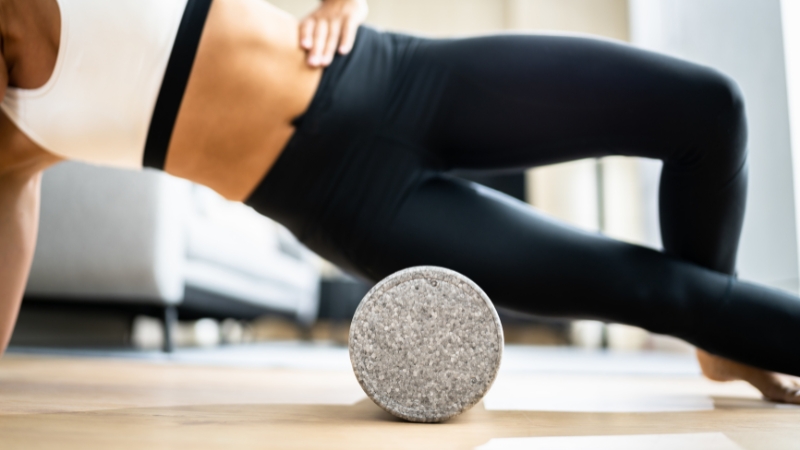
| Bad Habit | Problem Created | Corrective Cue |
| Sprinting back-and-forth | Superficial rub; no tissue shear | Use slow, deliberate pressure strokes |
| Holding breath | Sympathetic tension; pain spike | Exhale through the roll |
| Rolling directly on joints | Bursitis or nerve irritation | Avoid bony areas by 2 to 3 inches |
| Max pressure on first contact | Causes muscle guarding | Ramp up gradually, layer pressure |
| Ignoring soreness over time | Missed signs of overtraining | Track discomfort levels numerically |
Rolling too quickly doesn’t allow the tissues to deform or the nervous system to relax, while failing to breathe properly during the process activates your sympathetic nervous system, essentially putting your body in “fight or flight” mode
Avoid bones altogether, especially around the knees, tailbone, or shoulder blade edges. Always start with light pressure and build slowly. If you’re sore for days after rolling, you’ve gone too hard. Instead, adopt a scale (1 to 10) to monitor discomfort and adjust future sessions accordingly.
Integrating Topicals and Temperature
| Topical / Tool | Mechanism | Ideal Use Timing |
| Menthol Gel | Creates a cold sensation, distracts from pain | Post-workout or evening session |
| CBD Cream (such as MONTKUSH 1000mg) | Anti-inflammatory, localized effect | After rolling, before static stretch |
| Heating Pad | Raises tissue temp, loosens fascia | 10 to 15 min pre-roll on stiff areas |
| Ice Pack | Reduces swelling, numbs soreness | Post-eccentric day or acute tweak |
| Compression Gear | Aids circulation and recovery | Use for 2+ hours post-session |
For people managing muscle soreness, DOMS, or tightness in hard-to-reach areas, adding a topical pain relief product can enhance foam rolling effects, according to montkush.com. A cream that blends 1000 mg of full-spectrum CBD/CBDA with menthol and camphor for fast-acting relief.
After rolling has warmed the tissue and increased blood flow, the skin becomes more permeable, allowing cannabinoids to absorb more efficiently.
This is especially helpful in high-demand areas like quads, lower back, or calves post-run. The cooling effect of menthol adds another layer of soothing comfort, and the no-mess pump packaging makes it easy to use at the gym or home.
This step doesn’t replace rolling, but it can extend its benefits by up to three hours and is a smart option for athletes or weekend warriors managing inflammation or joint discomfort.
Rolling for Mobility vs. Rolling for Recovery
There’s a difference between rolling to reduce soreness and rolling to improve flexibility, and the method you choose should match your goal. For mobility, the key is time under tension. You’ll want to apply 60 to 90 seconds of consistent, slow rolling to each targeted area, immediately followed by static stretching for at least 30 seconds.
This combination temporarily improves joint range of motion by 5 to 8 degrees and can last for about two hours. It’s ideal before a heavy lift or gymnastics-based session. In contrast, rolling for recovery after a long run or strength workout is more about blood flow and metabolite clearance.
Here, the emphasis is on comfort, not end-range tension. Apply gentle pressure at a slower pace, and avoid hard tools unless needed for specific knots.
Don’t mix the two aims in one session; mobility-focused rolling should happen at a different time of day or at least a few hours apart from recovery rolling.
Endnote
@anetaholasova okk guess I love this trend🤣 #foamrolling #active #recover #roller #muscles #calves #hammies #quads ♬ πρωτότυπος ήχος – song’s lyrics 🎵
Using a muscle roller the right way is about matching the tool, timing, and technique to the specific needs of your body. Whether you are trying to improve flexibility before a heavy lifting session, reduce soreness after a long run, or keep your tissues mobile on a rest day, rolling provides measurable benefits when done with intention.
Stick to slow, deliberate pressure; avoid bones and sensitive areas; and always tailor your approach to the muscle and the goal. Integrating rolling with static stretching or using a targeted topical, such as CBD pain relief cream, amplifies the effects and helps you recover faster.
When done consistently, foam rolling becomes a form of active maintenance, keeping you loose, aligned, and less prone to injury. In a world where overuse and poor posture are the norm, having a reliable recovery tool like a muscle roller in your routine is one of the smartest things you can do for long-term performance and joint health.
Related Posts:
- Is Swimming Better Than Yoga for Flexibility and…
- Calf Muscle Strains - Symptoms, Causes, and Recovery…
- Post-Exercise Sauna Benefits - Accelerate Muscle…
- 5 Best Nighttime Habits to Improve Muscle Repair and…
- Is Drinking Raw Eggs a Myth or a True Muscle…
- Best Post-Workout Recovery Hacks for Faster Muscle Repair


